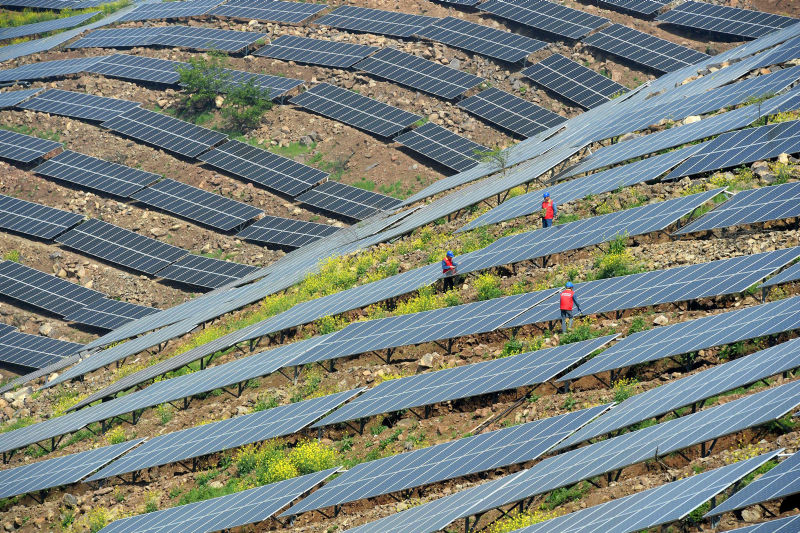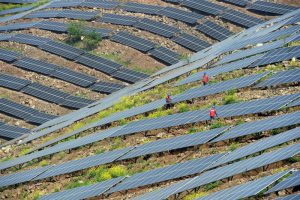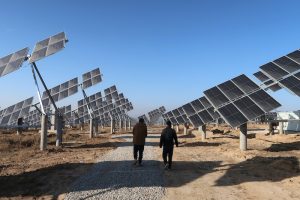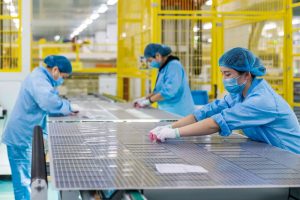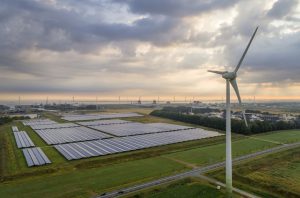China is expected to add 75 to 90 gigawatts (GW) of solar power in 2022, its solar manufacturing association said on Wednesday, far higher than a record increase in capacity last year.
The world’s biggest solar products maker and solar power generator brought 54.88 GW of new photovoltaic power into operation in 2021, taking the total installed capacity to 306 GW despite a supply disruption of raw materials.
China could add an average of 83 to 99 GW of new capacity each year from 2022 to 2025, said Wang Bohua, honorary chairman of the China Photovoltaic Industry Association (CPIA).
That is up to half of the 200 GW expected to be installed globally this year, according to International Energy Agency data.
“Distributed solar power accounted for over 50% of total newly installed solar capacity for the first time in 2021,” Wang said. “Looking ahead, we will see distributed solar power and centralised solar farms grow at the same pace.”
China plans to boost rooftop solar power in central and eastern parts of the country that are close to consumers and offer easier access to the grid.
Large-Scale Solar Stations
Projects to build more large-scale solar stations in the Gobi and other Chinese desert regions in the west are also in the pipeline, with construction for about 100 GW of solar power capacity already under way in the area.
Wang also warned that the booming pace of solar manufacturing in the US and Europe would challenge the industry in China. The US in early February extended Trump-era tariffs on imported solar energy equipment by four years.
Beijing’s energy consumption curbs on industrial plants that use more than 50,000 tonnes of standard coal equivalent could also slow China’s solar manufacturing development, Wang said.
Current policy only allows plants with a production of 4,600 tonnes polycrystalline silicon or 2.5 GW of monocrystalline silicon rod to avoid scrutiny.
“The CPIA is coordinating with government departments on the threshold of energy consumption restrictions,” Wang said.
- Reuters, with additional editing by George Russell
READ MORE:
China’s Gobi Desert Plan To Boost Solar, Wind Power
US Solar Panel Maker Asks Washington For New Tariff Probe
Solar Energy Boom Helps India’s Adani Become Asia’s Richest




